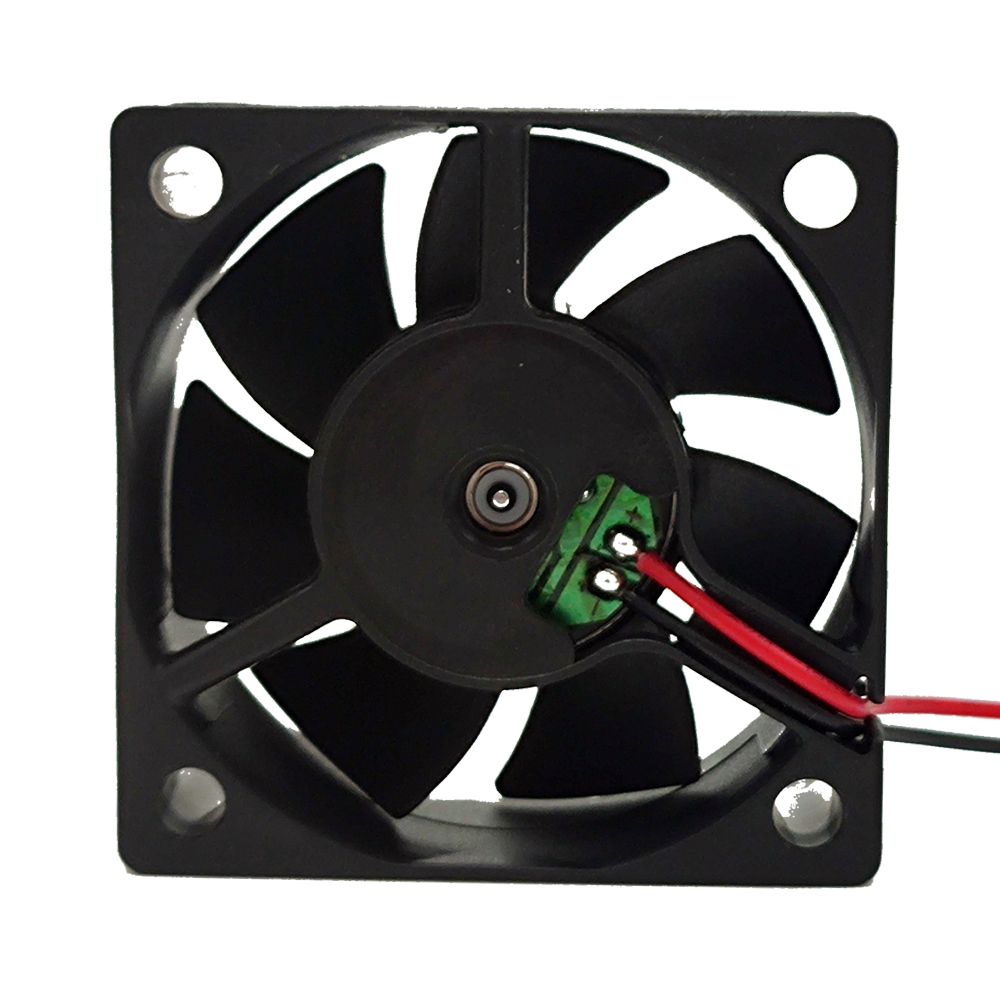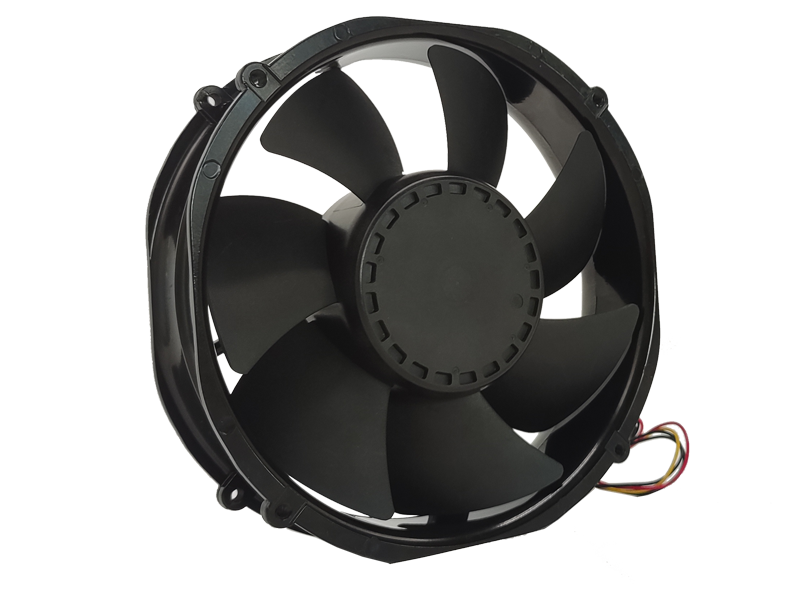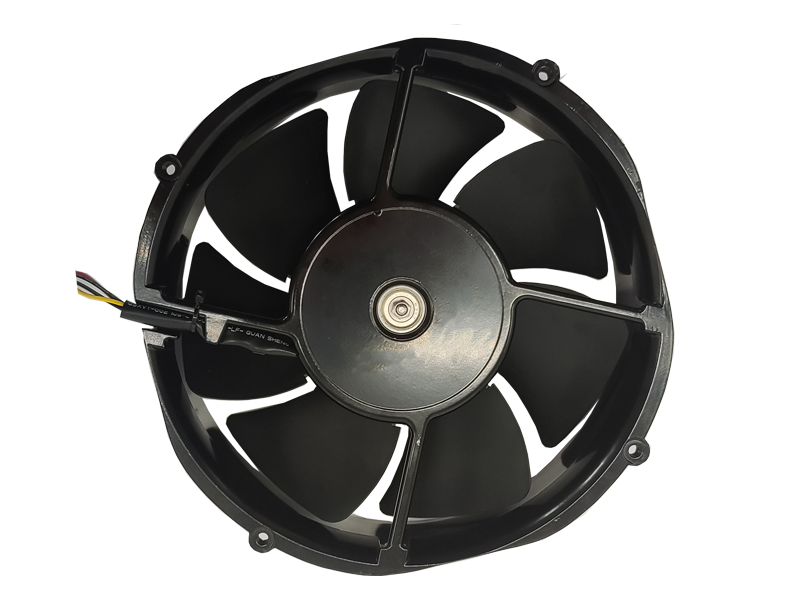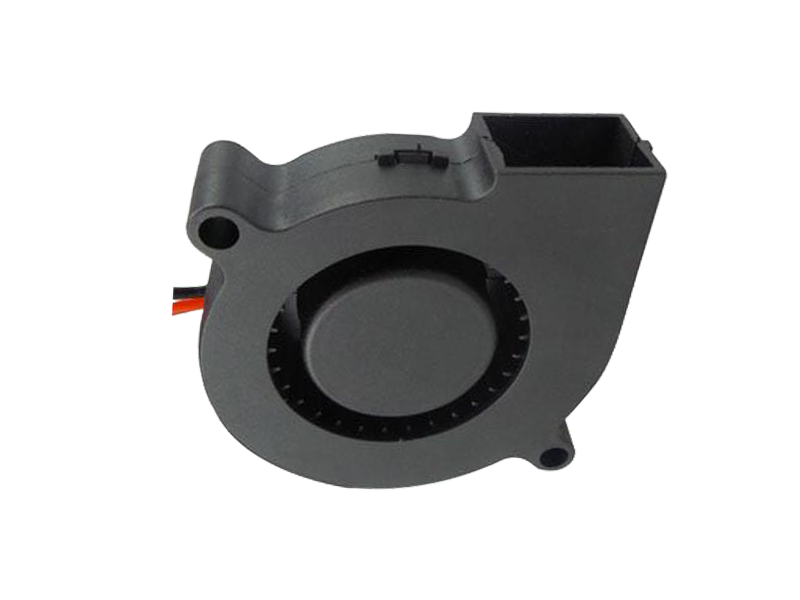Industrial fans are fundamental in maintaining optimal working conditions across a variety of industrial environments. From large-scale factories to power plants, the ability to regulate temperature, remove airborne contaminants, and enhance overall ventilation is paramount. Industrial fans not only provide functional value but also play a key role in energy efficiency, operational productivity, and worker comfort. This article will explore the evolution of industrial fan technology, its role in modern industrial applications, and future trends shaping the industry.
1. The Importance of Industrial Fans in Industrial Processes
Industrial processes often involve high heat loads, intense machinery usage, and various chemical reactions that require robust ventilation systems. Industrial fans play a significant role in optimizing these environments by ensuring adequate airflow and maintaining stable temperatures. The core functions of industrial fans in such settings include:
Cooling Systems: In environments where machines, engines, or equipment generate substantial heat, industrial fans are essential for ensuring that temperatures remain within safe and functional limits. Fans help cool down equipment, preventing overheating and equipment failure.
Ventilation for Worker Safety: In factories where hazardous gases, fumes, or dust particles are emitted during production, industrial fans help remove contaminants, improving air quality and reducing worker exposure to harmful substances. These fans are critical in maintaining a safe and breathable environment for workers.
Preventing Humidity Buildup: In certain industrial settings, such as food processing or pharmaceuticals, humidity control is vital to maintaining product quality. Industrial fans are used to circulate air and reduce excess moisture, preventing issues like mold, mildew, or spoilage.
2. How Industrial Fans Have Evolved Over the Years
As industries have become more complex and manufacturing processes more demanding, the design and technology behind industrial fans have evolved. These developments have focused on improving performance, energy efficiency, and reducing environmental impact.
a. Blade Design and Material Advancements
In the early days of industrial fans, most fan blades were made from basic materials such as steel or aluminum. Over time, materials like composite plastics and carbon fiber have been integrated into fan blade construction. These materials provide better durability, resistance to corrosion, and lighter weight, all while maintaining high strength. The introduction of advanced aerodynamics and computational fluid dynamics (CFD) modeling has enabled engineers to design more efficient blades that minimize turbulence and maximize airflow.
b. Energy Efficiency Improvements
Historically, industrial fans were not particularly energy-efficient, consuming large amounts of power to achieve optimal airflow. However, with the introduction of energy-saving technologies such as variable frequency drives (VFDs) and improved motor efficiency, modern industrial fans are far more energy-efficient than their predecessors. VFDs allow fans to adjust their speed in response to changing demands, optimizing energy consumption without sacrificing performance.
c. Noise Reduction Technology

Industrial environments can be noisy, and this noise is often exacerbated by the loud operation of large industrial fans. Noise pollution in factories can lead to hearing loss, employee stress, and general discomfort. In response, fan manufacturers have developed quiet fan technology that incorporates sound-dampening materials, vibration isolation systems, and advanced motor and blade design to reduce the noise generated by fans.
3. The Role of Industrial Fans in Specific Applications
Industrial fans are found in a variety of applications, each with unique requirements that shape their design and functionality. The following sectors represent key industries that rely on industrial fans for optimal performance:
a. Power Plants
Power plants, which include both fossil fuel and renewable energy facilities, use industrial fans for cooling turbines, boilers, and other critical machinery. Cooling fans prevent overheating and ensure that machinery operates at peak efficiency. Additionally, large ventilation systems help remove hazardous gases and pollutants from the air, improving the overall safety and environmental impact of the plant.
b. Manufacturing Plants
Manufacturing plants, especially those involved in heavy-duty or high-temperature production, require industrial fans to maintain optimal working conditions. Fans cool equipment, remove dust or fumes, and ensure that the temperature remains stable throughout the production cycle. In sectors like automotive manufacturing or steel production, industrial fans play an integral role in enhancing efficiency and safety.
c. Food Processing and Agriculture
The food processing industry benefits from industrial fans by maintaining air circulation in storage areas, cooling systems, and production lines. The fans help maintain the proper temperature and humidity levels, preventing the growth of harmful bacteria and ensuring product freshness. In agriculture, ventilation is crucial for controlling the environment within greenhouses and storage facilities, ensuring optimal crop health and product storage.
d. Warehouses and Distribution Centers
Warehouses and distribution centers house large amounts of inventory, which requires proper ventilation to avoid moisture buildup, reduce the risk of mold, and ensure the comfort of workers. Industrial fans in these settings circulate air to provide even temperatures across the facility, making them vital in environments where large spaces and inventory require consistent airflow.
4. Future Trends in Industrial Fan Technology
As industries evolve, so do their ventilation and cooling needs. The future of industrial fan technology is shaped by several key trends, focusing on sustainability, automation, and improved functionality:
a. Automation and IoT Integration
The integration of smart technologies into industrial fan systems is becoming increasingly common. Fans equipped with sensors can monitor parameters such as temperature, humidity, and air quality in real-time. IoT-connected systems allow for automatic adjustments to fan speeds and airflow, reducing energy consumption and optimizing performance based on dynamic environmental conditions.
b. Sustainability and Environmental Considerations
As industries face increasing pressure to reduce their carbon footprint, sustainable fan designs are gaining importance. Manufacturers are focusing on using eco-friendly materials, reducing energy consumption, and incorporating renewable energy sources like solar power into fan systems. By optimizing fan systems for maximum energy efficiency and minimal environmental impact, industries can meet sustainability goals while enhancing operational performance.
c. Advanced Materials and Design Innovation
As computational fluid dynamics and material science continue to advance, the design of industrial fans will continue to evolve. Fans with more advanced blade shapes, quieter motors, and longer-lasting materials are expected to become the standard. These innovations will not only improve the performance of industrial fans but also ensure they meet the growing demands of various industries.
5. Conclusion
Industrial fans are more than just tools for improving airflow—they are critical to the efficient operation of many industries, contributing to temperature control, ventilation, and overall worker safety. As manufacturing processes become more advanced, the need for efficient, durable, and energy-saving fan systems continues to rise. From their evolution in blade design and materials to the integration of smart technology and sustainability practices, industrial fans will continue to play a pivotal role in shaping the future of industrial operations across diverse sectors. Understanding these trends is essential for businesses seeking to stay competitive in a rapidly changing industrial landscape.
Recommended Products

The main purpose:Car charging station

The main purpose:Car charging station

The main purpose:Electronic refrigerators, water dispensers, direct drinking machines, inverter power supplies
Address:No. 4137, Longgang Avenue (Henggang Section), Henggang Community, Henggang Street, Longgang District, Shenzhen
hotline:13530005572(Chen)15112579390(Li)


Welcome all friends to come for consultation and negotiation.
Copyright 2024 @ Shenzhen Youneng Xinyuan Electronics Co., Ltd.,(industrial fans,industrial blowers,axial fans,cooling fans manufacturer,centrifugal fans,ac cooling fans,dc cooling fans)